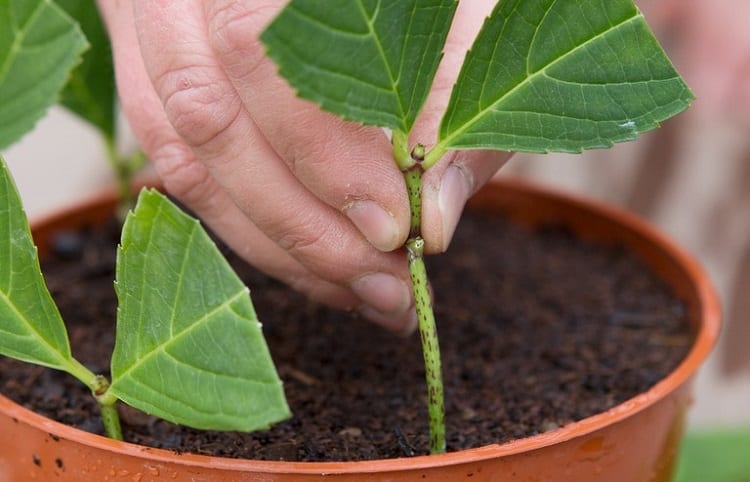Healthy plants have strong roots, and sometimes a little help can make a huge difference. Root growth stimulators can be used to ensure that a plant or tree’s roots develop properly. In addition, roots can be protected from stress and shock with these products.
What is Root Stimulant and How Does It Work?
Root stimulators contain hormones that mimic those produced naturally by plants, according to Well Gardening. These garden products can also contain fertilizer (which is something different). You may choose to use one or both of these products, depending on the needs of your plants.
Plants produce auxin when they form their roots, which is what root stimulators contain. Indole acetic acid, or IAA, is the naturally occurring form, and indole-3-butyric acid, which is created by synthesizing IAA (this is the active ingredient).
IBA is said to promote lateral root development by Gulley Greenhouse & Garden Center. As a result, these roots benefit from more oxygen because they’re closer to the surface. A root stimulator is especially useful when the soil is poor or compacted, and you can use them on perennials, shrubs, and trees.
Stimulating the Root System
The difference between root stimulants and rooting hormones is important to note. Plant propagation hormones are used to grow new plants from cuttings. You can create many kinds of plants in this way by cutting a healthy plant, applying rooting hormone, and planting the cutting into prepared soil. Although root stimulators are designed to be applied to existing roots, many gardeners use them as root stimulants for cuttings. When selecting one, make sure it meets your needs.
Before you use the stimulator for the first time, be sure to read the instructions on the label. Root stimulator should be applied shortly after planting or transplanting; add 1 pint per gallon of water. Apply three and a half tablespoons to established plants. Mix 1 pint of mixed solution for plants less than 1 foot tall. For plants bigger than 4 feet, use 3 pints. For plants taller than 4 feet, use 1 gallon. The mixture must be poured slowly around the plant’s root zone.
Plant and Tree Stimulator
Depending on the type of plant, potted plants can also benefit from root stimulators. Calculate how much soil is in the container and add 1/2 cup of the mixed solution per quart. You would need 7 cups of root stimulator solution for a 5-gallon planter, which holds 14 quarts of soil.
Every two weeks for the first six months after transplanting or planting, reapply more root stimulator solution. If the plant is flourishing (and it should be), you may need to provide more solution as it grows.
ArborScape uses root stimulator for trees because it encourages the development of fine root hairs, which are essential for a healthy tree. Stimulants like these do not contain a lot of nitrogen or iron, and if they are applied in the fall, they can help trees transition from autumn to winter. This is actually a better option than using a fall fertilizer.

